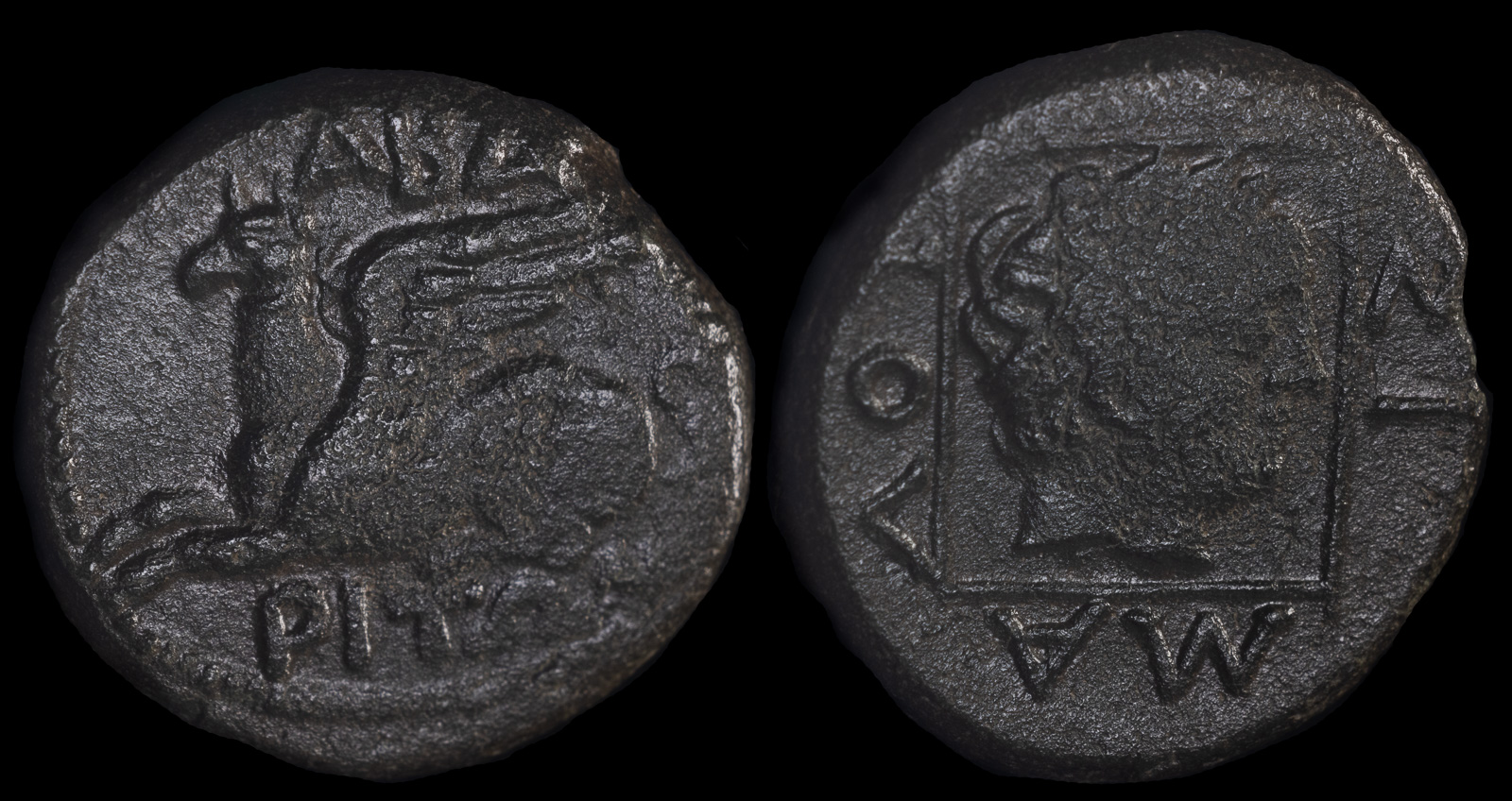Griffin
View All Tags
In ancient Greek culture, the griffin was often associated with guardianship and protection. Its dual nature made it an ideal protector, bridging the gap between the terrestrial and celestial realms. Griffins were often depicted guarding treasures, sacred places, or the homes of gods and heroes. In some Greek myths, griffins were said to guard the golden apples of the Hesperides, a task that highlighted their association with both wealth and divine favor. The griffin’s role as a guardian was further emphasized in its frequent depiction on architectural friezes and on coins, where it served as a symbol of protection and security for the issuing city or region.
The griffin’s symbolism extended beyond the Greeks to other ancient cultures as well, notably the Persians and Egyptians. In Persian art, griffins were often depicted as symbols of royalty and divine authority, associated with the Persian kings and their rule over both the land and the heavens. In Egyptian mythology, the griffin was sometimes associated with the sun god Ra, acting as a protector of sacred objects and places. The spread of Greek influence, particularly in the Hellenistic period following Alexander the Great’s conquests, helped to further cement the griffin’s place in a wider Mediterranean context, where it continued to serve as a symbol of power and divine authority.
The griffin was not only a symbol of protection and divine authority but also had associations with mysticism and the unknown. Its hybrid nature made it a creature that was both earthly and supernatural, embodying the idea of beings that exist beyond the realm of human understanding. As a result, the griffin also appeared in Greek myths as a creature that represented both the mystery of the divine and the fearsome power of untamed nature. The figure of the griffin thus blended the mystical and the practical, offering a fascinating combination of symbolism that spoke to the ancient Greek imagination.
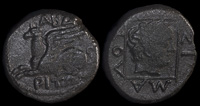
Abdera, Thrace 311-250 BCE

Abdera, Thrace 311-280 BCE
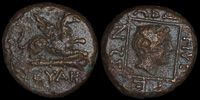
Abdera, Thrace 311-280 BCE

Abdera, Thrace 311-280 BCE
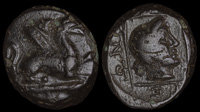
Abdera, Thrace 311-280 BCE

Abdera, Thrace 311-280 BCE
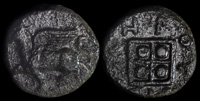
Abdera, Thrace 336-311 BCE
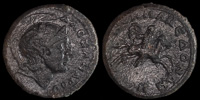
Koinon of Macedon 222-235 CE

Koinon of Macedon 238-244 CE
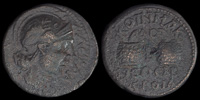
Koinon of Macedon 244-249 CE

Neonteichos, Aeolis 300-100 BCE

Pantikapaion 325-310 BCE
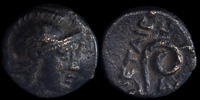
Pergamon 282-133 BCE
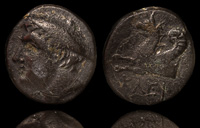
Phokaia, Ionia 350-300 BCE

Teos 350-300 BCE
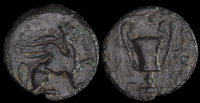
Teos, Ionia 370-340 BCE
